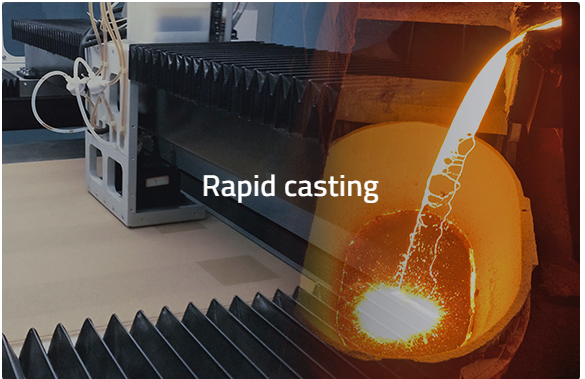Faster Design and Testing
The aerospace industry relies on prototyping, in no small part, in order to prototype rapid-testing of aeroplane components and systems. Aerospace engineers can create and test parts in-house in weeks — orders of magnitude faster than the months or years it traditionally took to access these parts. — pixelimiters One of those technologies is prototyping, which allowed a new design for a jet engine blade to be developed and tested in only 18 days—in contrast to the months it typically takes to create such a new part.
Cost Reduction in R&D
One major advantage of prototyping in the aerospace industry is cost savings. Ability to iterate over designs early and often without the cost of full scale production allows rapid identification and correction of issues early in the development cycle and significantly reduces the risk of expensive failures later on. Prototyping reduces the costs of research and development up to 45%, as it reduces multiple iterations to minimal for the final product stage
Customization and Innovation
The customizability and innovativeness of aerospace products are only possible thanks to prototyping. With testing each prototype, the insight is served that keeps on paving the way for more innovation and improvement. It is an iterative process that leads to fundamentally new solutions that meet specific aerospace requirements, such as light aircraft elements and better-performing spacecraft structures. Such a level of customization is necessary to meet the aerospace industries high standards and regulation.

Increase Safety and Compliance
Safety is a primary concern and prototyping plays a vital role in increasing safety and compliance of aerospace parts. Rapid prototyping allows for parts and systems to be tested under many different conditions for quality assurance and safety before they ever get to assembly. This ensures that it not only checks the functionality of the design, but also the longevity and ruggedness of the design under harsh conditions. Additionally prototype testing records can be a significant benefit to showing compliance with international regulations and proving your product is safe and effective.
Material Progress and Sustainability
In the area of aerospace, sustainability is a growing concern, and prototyping serves a role here too, allowing the testing of new, lighter, and more environmentally friendly materials. These materials in addition to other items help in reducing weight and fuel consumption in the aircraft which eventually leads to lower carbon emission. Prototyping enables everything from wide-ranging composite experimentation to the creation of unique alloys that can endure the often brutal conditions of aerospace operations.
In short, prototyping is a must-have feature in the Aerospace Industry as it helps in developing technology faster, saving cost, enhancing safety and other things that can possibly open the doors to big changes and innovation and a sustainable future. Prototyping is a growing piece of the aerospace puzzle, as the industry advances and seeks to support its nigh-unfathomable victories in the decades to come.
